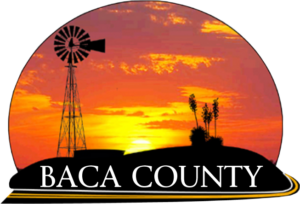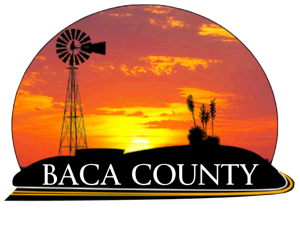How are Tax Rates Established and Calculated?
Establishment of Tax Rates
Each year county commissioners, city councils, school boards and special districts (taxing entities) hold budget meetings to determine the dollars needed for the following year’s operations. Each taxing entity determines what revenues will be required for operations during the upcoming year. The required revenues are then divided by the total assessed value of all property in the taxing entity’s area to determine the Tax Rate or Mill Levy per entity. The Tax Rate or Mill Levy are limited by 5.5% limitation and the Taxpayer’s Bill of Rights unless removed by an approved vote of the people within that entity’s boundary.
As an example, say the total assessed value for the county is $100,000. The county commissioners determine the annual budget for the county to be $1,250. This budgeted amount is funded by tax revenue, and is divided by the assessed value to get to the Tax Rate or Mill Levy: $1,250.00 (tax revenue) divided by $100,000 (assessed value) = 01.250% (Tax Rate) or 12.50 Mills (Mill Levy).
Calculating Property Taxes
Actual Value x Assessment Rate = Assessed Value.
Assessed Value x Mill Levy = Taxes Due.
For example, take a residential home with an actual value of $100,000. To derive the assessed value, multiply the actual value by the assessment rate: $100,000 x 7.20% = $7,200.
Then, multiply the assessed value by the Mill Levy (for this example, we’ll use .050 as the Mill Levy) to determine the property tax: $7,200 x .050 = $360.00.
News
- Need Immunization Records? February 6, 2025
- Community Health Assessment (CHA) February 6, 2025
- Help Us, Help You! February 6, 2025
- Notice of Tax Sale – November 21st, 2024 October 29, 2024
- Notice of Election – November 5th, 2024 October 27, 2024
All rights reserved. Special photo credits to some of our local talent.


